Table of Contents
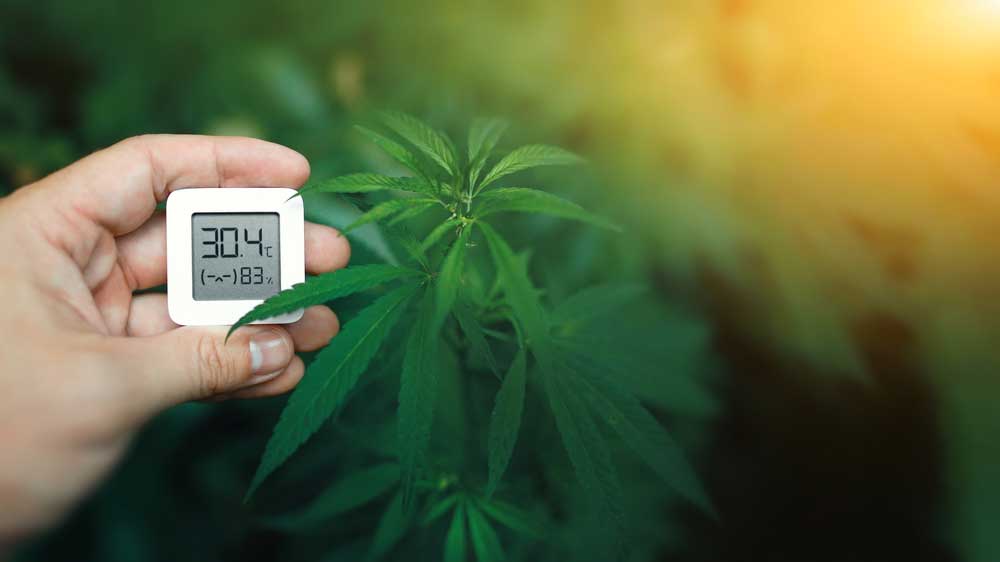
A big issue for cannabis farmers is humidity. So why is humidity essential for the marijuana plant, what are the optimum levels of a certain grow room humidity needed to sustain in your growing area?
When you desire to grow sticky, high-potential buds, your marijuana will take effort into many of its needs. Remember that– which is commonly neglected – for the developing a cannabis plant is humidity.
Whether you like it or not, this humidity is crucial for your cannabis. Humidity could help you understand your plant’s potency and resilience to battle with mildews and common molds as well as the amount of water they need to absorb. Getting the right balance can assist them to flourish and improve their growth, not to mention for you to be able to get bountiful yields.
Fortunately, having the right to grow room humidity is a fun learning experience and not too much to learn. You can be a master of it with a little bit of effort and love for your crops. In this article, we will provide information that you can use to have enough knowledge about humidity and how you can give your cannabis a boost with their production.
In all phases of growing cannabis cultivation, your crops needed constant consumption of water and the amount they will need to vacillate with the level of humidity in your growing area. Once the humid is high, your marijuana plants use leaves to receive moisture from the air that causes a less need for water from directly from its roots. Contrarily, they would also pull in an even more considerable amount of water whenever the grow room humid is low.
Because humidity shifts on how much water the plants drink, as well as the amount of water that you offer them, has nutrients in it, to be in supervision of humidity can provide you better control over their nutritional intake.
However, controlling the grow room humidity is not only about preventing issues, but having a balance and right grow room humid make your cannabis plants stronger, have leafy plants, and be healthy and quality buds on your harvest.
This is not to intimidate you, and we believed that you must know what’s wrong with bad humidity control in a grow space. We understand how great humidity is since we have experienced every one of these first-hand issues.
It is a fungal condition that exhibits high humidity areas. It can be difficult since the new growth of cannabis grows in damp conditions. Fortunately, by ensuring that there has been a proper flow of air in your growing area, you help reduce WPM; a simple oscillatory fan – at such level surface – definitely works.
Amongst the worst conditions that a cultivator can suffer as a consequence of inadequate humidity regulation. Foresee extracting a huge, thick key cola of your crop just to find the interior is white or gray with mold.
Humidity in a growing area is a parameter that mainly influences how often your plants are going to drink. If your room’s air is dry, your crops will become more likely to consume from their roots. When they’re not consuming enough because of higher temperatures, low moisture may allow them to consume lots of water from their root and suck up very many nutrient rates.
Marijuana plants fond of higher moisture when young and lesser moisture if mature. If they do not have these factors, they do not develop as quickly or as they should.
When cultivating weed, you know that you need to control humidity, but you’ll never realize the perfect humidity you ‘re looking for. We are here to guide you, please see below:
Humidity is, in essence, a calculation of just how much of the water vapor is ‘kept’ in air. There are various methods in which humidity can be calculated, like complete, specific, and relative humidity.
Most farmers talk about this Relative Humidity, also known as RH, in the growing area when they communicate regarding humidity. This relative humidity tests how much water is in the environment compared to the average volume of water at that altitude, which can be kept in the environment. This is a fast guide for the various phases of a life cycle of marijuana for relative humidity that you are looking for. We’ll go over all of these in more depth
Optimum humidity is 70 percent RH for clones. It requires time to build a water-intaking root network. New clones rely entirely on having moisture from the atmosphere via their leaf, and that is only achievable with high temperatures. Requiring proper humidity levels would significantly improve the likelihood of effective rooting of these clones, and improve the growth of young clones.
However, the roots were not the only way to water your crop. Leaves will potentially draw water vapor straight out of the soil, so higher humidity in the soil enables the leaves to bring more water into the plant if appropriate. Low humidity rates in the air may cause development to be slower before your plant has completely formed roots.
Optimum flowering plant humidity is 40-50 percent RH. Preferably, in the early part of a flowering stage, growing room humidity must be reduced to about 40-50 percent. As crops approach production, some farmers lower the grow room humidity at below 40%, maybe even less so that they can force the buds to produce that much resin, although I have seen that certain plants can be highly stressed, so the technique must be used cautiously. Lower inflation rates the humidity only a little at a time and sees how plants respond before bringing the plants into intense surroundings.
This is particularly dangerous throughout the flowering period since without you realizing it can develop on or within your buds. When you discover that mold is continuing to grow in your buds, or have buds that are rotting from inside, you must discard all infected buds quickly. Bud rot will kill whole harvests, so check your growing room as it may infect others, and all become sick. When you can not reduce the humidity as well as having a raging mold epidemic, cutting your losses and harvesting instantly may be the best solution to prevent any more buds from being rotted.
Even though humidity is lesser, it is still essential to have air flowing around and through your crops. Tiny fans blasting over even under the canopy of the crop will help keep air moving because no wet places form through any crop portion.
In the drying space, the optimum humidity is 55 percent RH. Maintaining the humidity or around the range of 50 percent will enable the buds to dry and keep the latter from drying fast. Also, this range is ideal for mold prevention, and if you are a beginner, it’s not any good for drying!
Few farmers prefer to maintain the humidity somewhat higher as an innovative drying and healing strategy such that buds dry slowly, which may potentially improve the consistency of your healed buds. High humidity extraction is known to be an innovative technique since the drying should be performed with special caution to avoid mold formation on your dried buds!
Air ventilation in the drying region is fine, so it is advised that no air is sprayed straight and over plants to keep them for drying very fast.
Cooler times tend to slow the growth. Temps below 60 ° F (15 ° C) may upset crop production, and cold weather will surprise a plant material, or perhaps even kill it.
Many enclosed marijuana growers try to associate with far too much high temperatures, and high humidity levels-this is because growing lights can become very hot, and cannabis growth is often restricted to quite narrow areas due to stealth or privacy concerns.
Grow Room humidity depends on where you work, and whether you have decided to design your growing area. Most farmers are trying to reduce their humidity, as the number of leaves and foliage in a limited growing region continues to allow moisture to increase.
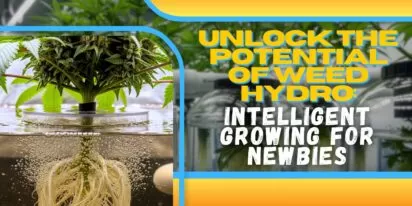
Curious about growing weed in a healthy, effective way? Welcome to the realm of weed hydro! This method uses water instead of soil, delivering n
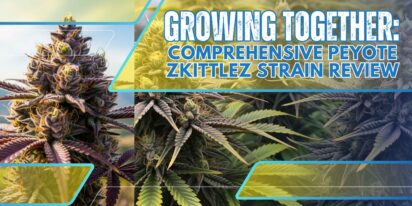
Peyote Zkittlez is a unique cannabis strain that has quickly gained dedicated followers among enthusiasts and patients alike. Its parentage—Zk
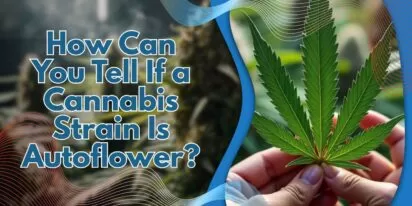
As growers, we want strains that work well, are strong, and are of good quality. Autoflowering cannabis strains are a big step forward for both

Pot growers always ask the same basic question: How much weed does a weed plant produce? The answer is complex and depends on a multitude of var

Ever had the room spin after a few hits? You're not alone. Figuring out how to prevent getting dizzy high can make your cannabis experience a wh
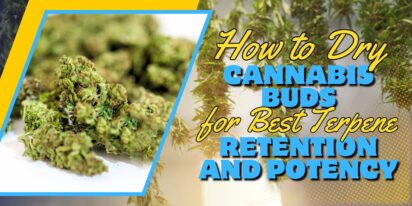
Drying cannabis properly is a critical process in preserving the plant's full aroma and flavor and its psychoactive abilities. Tampering with th

Ever caught yourself a bit too high and all of a sudden in need of being normal? Whether you're heading out for munchies or bumping into someone

Looking for sage advice on how not to get pinched with weed without batting an eye? Attempting to protect your stash from gossipy roommates, sno
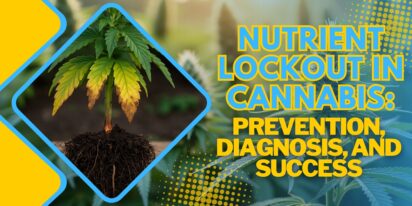
Nutrient lockout, also known as nutrient binding or chemical antagonism, is a significant issue in cannabis cultivation that negatively impacts
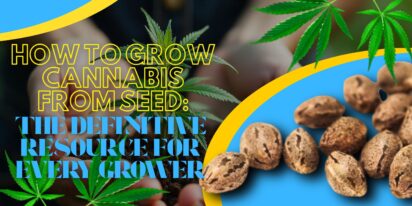
Germination is the most critical initial stage in growing healthy, high-quality cannabis plants. During germination, the dormant seed becomes a
Are You 18 Or Over?
By selecting “Continue”, you confirm that you are at least 18 years of age and legally permitted to access cannabis related content in your region.
By using Rocketseeds.com, you agree to our legal disclaimer.
Excellent blog here Also your website loads up very fast What web host are you using Can I get your affiliate link to your host I wish my web site loaded up as quickly as yours lol
Your writing is not only informative but also incredibly inspiring. You have a knack for sparking curiosity and encouraging critical thinking. Thank you for being such a positive influence!
Simply wish to say your article is as amazing The clearness in your post is just nice and i could assume youre an expert on this subject Well with your permission let me to grab your feed to keep updated with forthcoming post Thanks a million and please carry on the gratifying work
Somebody essentially lend a hand to make significantly articles Id state That is the very first time I frequented your website page and up to now I surprised with the research you made to make this actual submit amazing Wonderful task
Your blog is a beacon of light in the often murky waters of online content. Your thoughtful analysis and insightful commentary never fail to leave a lasting impression. Keep up the amazing work!
Thank you for the auspicious writeup It in fact was a amusement account it Look advanced to more added agreeable from you By the way how could we communicate
Your blog is a constant source of inspiration for me. Your passion for your subject matter shines through in every post, and it’s clear that you genuinely care about making a positive impact on your readers.
Your blog is a constant source of inspiration for me. Your passion for your subject matter is palpable, and it’s clear that you pour your heart and soul into every post. Keep up the incredible work!
Your articles never fail to captivate me. Each one is a testament to your expertise and dedication to your craft. Thank you for sharing your wisdom with the world.
Your blog is a testament to your dedication to your craft. Your commitment to excellence is evident in every aspect of your writing. Thank you for being such a positive influence in the online community.
Your writing has a way of resonating with me on a deep level. I appreciate the honesty and authenticity you bring to every post. Thank you for sharing your journey with us.
Your blog is a true gem in the world of online content. I’m continually impressed by the depth of your research and the clarity of your writing. Thank you for sharing your wisdom with us.
Hi i think that i saw you visited my web site thus i came to Return the favore Im attempting to find things to enhance my siteI suppose its ok to use a few of your ideas
Somebody essentially help to make significantly articles Id state This is the first time I frequented your web page and up to now I surprised with the research you made to make this actual post incredible Fantastic job
Usually I do not read article on blogs however I would like to say that this writeup very compelled me to take a look at and do so Your writing taste has been amazed me Thanks quite nice post
Your blog has quickly become one of my favorites. Your writing is both insightful and thought-provoking, and I always come away from your posts feeling inspired. Keep up the phenomenal work!
Every time I visit your website, I’m greeted with thought-provoking content and impeccable writing. You truly have a gift for articulating complex ideas in a clear and engaging manner.
Hey there You have done a fantastic job I will certainly digg it and personally recommend to my friends Im confident theyll be benefited from this site
I have read some excellent stuff here Definitely value bookmarking for revisiting I wonder how much effort you put to make the sort of excellent informative website
Nice blog here Also your site loads up very fast What host are you using Can I get your affiliate link to your host I wish my site loaded up as quickly as yours lol
What i do not understood is in truth how you are not actually a lot more smartlyliked than you may be now You are very intelligent You realize therefore significantly in the case of this topic produced me individually imagine it from numerous numerous angles Its like men and women dont seem to be fascinated until it is one thing to do with Woman gaga Your own stuffs nice All the time care for it up
Your blog is a beacon of light in the often murky waters of online content. Your thoughtful analysis and insightful commentary never fail to leave a lasting impression. Keep up the amazing work!
Your blog is a breath of fresh air in the often stagnant world of online content. Your thoughtful analysis and insightful commentary never fail to leave a lasting impression. Thank you for sharing your wisdom with us.
Your blog is a beacon of light in the often murky waters of online content. Your thoughtful analysis and insightful commentary never fail to leave a lasting impression. Keep up the amazing work!
Usually I do not read article on blogs however I would like to say that this writeup very compelled me to take a look at and do it Your writing style has been amazed me Thank you very nice article
Your writing has a way of resonating with me on a deep level. I appreciate the honesty and authenticity you bring to every post. Thank you for sharing your journey with us.
This hydroponics guide is quite the buzz, seriously! Who knew growing weed without dirt could be so complicated yet potentially rewarding? The breakdown of systems like DWC and NFT is helpful, though I suspect my cat might confuse the air pump for a toy. The idea of cleaner buds is tempting, especially since explaining hydro weed to my non-growing friends might get messy. And the bit about potential dizziness from hydro weed? Perfect, now I have an excuse for why I always stumble a bit after a grow session. Still, the promise of faster grows and higher yields is hard to ignore, even if it means more trips to the pH meter than to the coffee shop. Overall, a cultivating read for the curious grower!